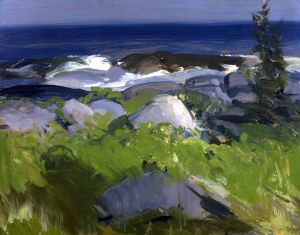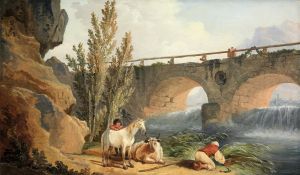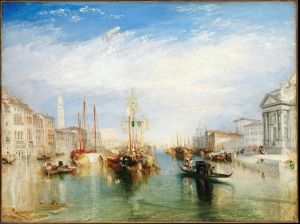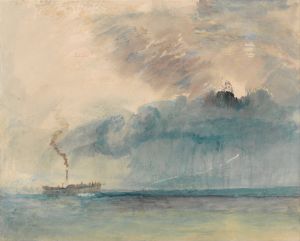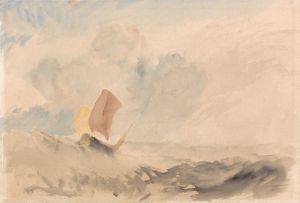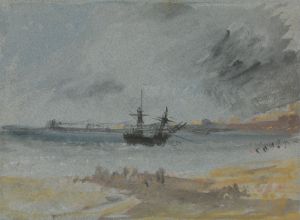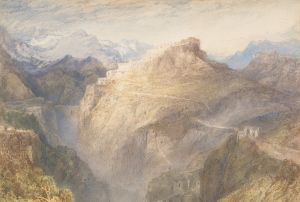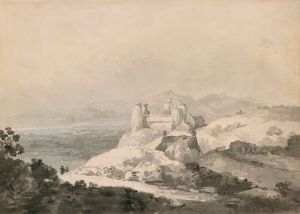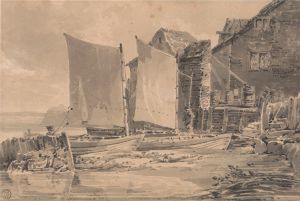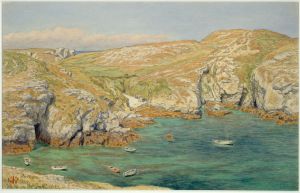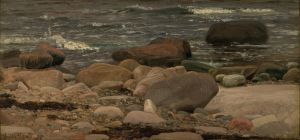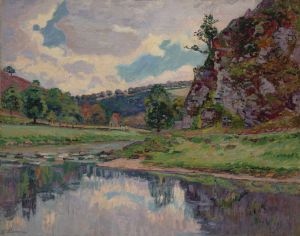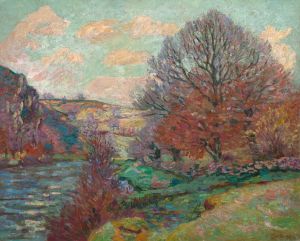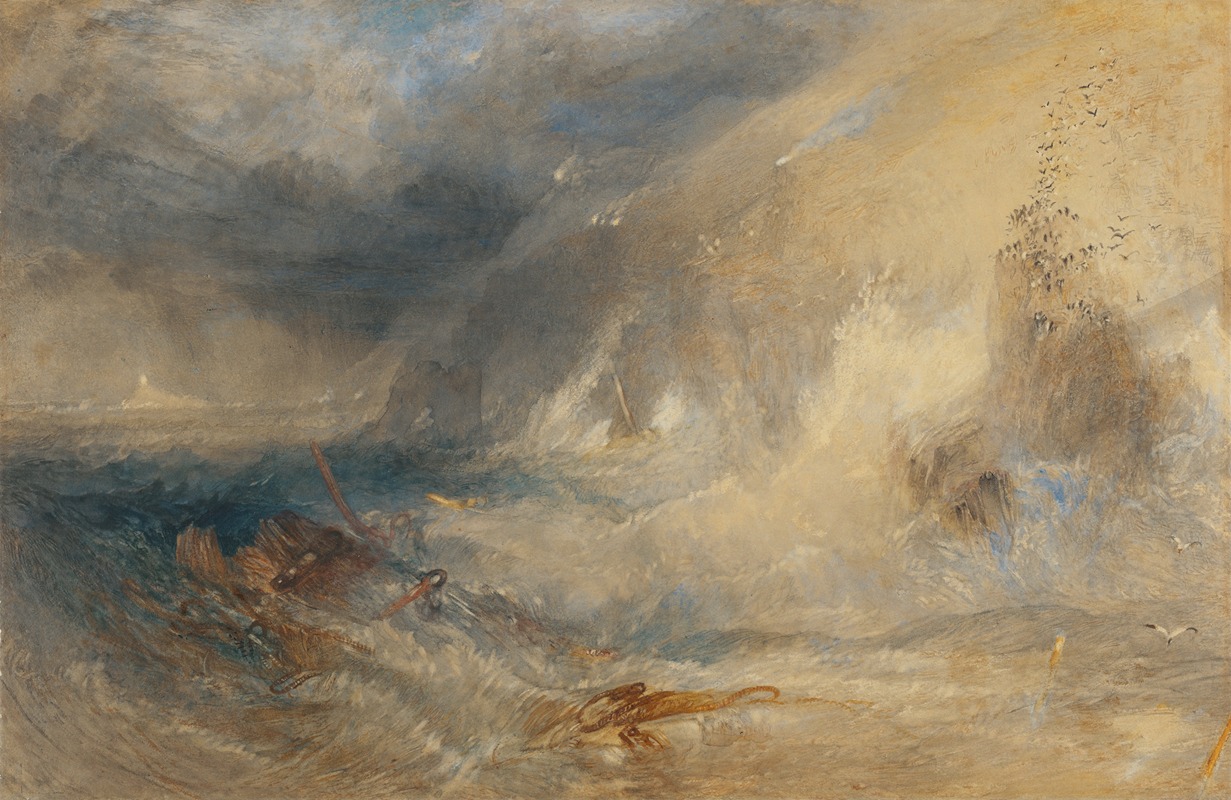
Long Ship’s Lighthouse, Land’s End
A hand-painted replica of Joseph Mallord William Turner’s masterpiece Long Ship’s Lighthouse, Land’s End, meticulously crafted by professional artists to capture the true essence of the original. Each piece is created with museum-quality canvas and rare mineral pigments, carefully painted by experienced artists with delicate brushstrokes and rich, layered colors to perfectly recreate the texture of the original artwork. Unlike machine-printed reproductions, this hand-painted version brings the painting to life, infused with the artist’s emotions and skill in every stroke. Whether for personal collection or home decoration, it instantly elevates the artistic atmosphere of any space.
Joseph Mallord William Turner, one of the most renowned British painters of the 19th century, is celebrated for his expressive colorization, imaginative landscapes, and turbulent marine paintings. Among his extensive body of work, "Long Ship’s Lighthouse, Land’s End" is a notable piece that reflects his fascination with the sea and its surrounding landscapes.
Turner was born in 1775 in Covent Garden, London, and demonstrated an early talent for painting. He was accepted into the Royal Academy of Arts at the young age of 14, where he honed his skills and developed a keen interest in capturing the natural world. His works often depict the interplay of light and atmosphere, a characteristic that became a hallmark of his style.
"Long Ship’s Lighthouse, Land’s End" is one of Turner's many works that focus on maritime themes. The painting captures the rugged beauty of the Land’s End area in Cornwall, England, which is known for its dramatic cliffs and treacherous waters. The Longships Lighthouse, situated on a group of rocky islets about 1.25 miles off the coast of Land’s End, serves as a beacon for ships navigating these perilous waters. The lighthouse itself has been a critical navigational aid since its construction in the late 18th century.
Turner's depiction of the Longships Lighthouse is emblematic of his ability to convey the sublime power of nature. His use of light and shadow, combined with his dynamic brushwork, creates a sense of movement and drama that is characteristic of his seascapes. The painting likely captures the lighthouse amidst a turbulent sea, with waves crashing against the rocks, highlighting the isolation and resilience of the structure against the elements.
Throughout his career, Turner was known for his innovative use of color and light, often pushing the boundaries of traditional landscape painting. His works were sometimes met with criticism for their abstract qualities, but they also paved the way for future movements such as Impressionism. Turner's ability to evoke emotion through his landscapes has left a lasting impact on the art world.
While specific details about the creation and exhibition history of "Long Ship’s Lighthouse, Land’s End" are limited, it is consistent with Turner's broader oeuvre, which frequently explored themes of nature's power and beauty. His works often reflect his travels across Britain and Europe, where he sought inspiration from the natural environment and historical sites.
Turner's legacy is preserved in numerous collections, including the Tate Britain in London, which houses the Turner Bequest—a vast collection of his works donated to the nation after his death in 1851. His influence extends beyond his paintings, as he inspired generations of artists to explore new techniques and perspectives in landscape art.
In summary, "Long Ship’s Lighthouse, Land’s End" by J.M.W. Turner exemplifies the artist's mastery in capturing the essence of the natural world. Through his innovative approach to color and light, Turner not only depicted a specific location but also conveyed the broader themes of nature's majesty and the human experience within it.





